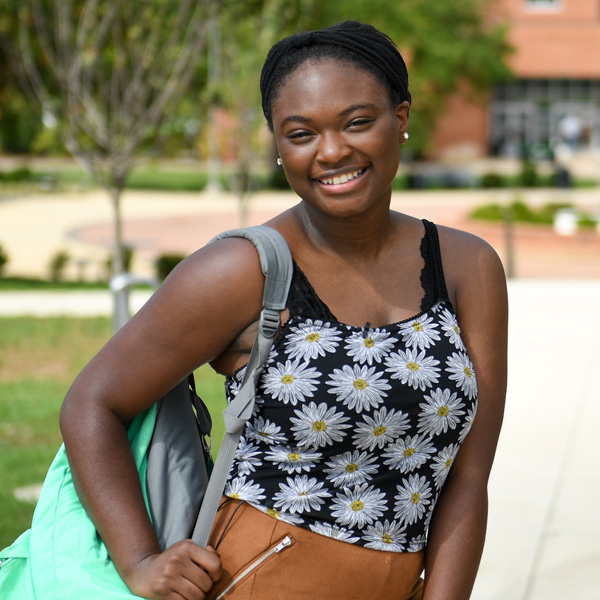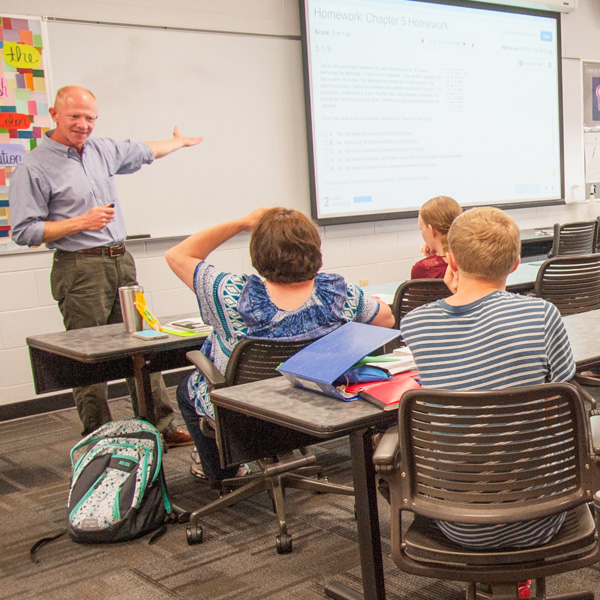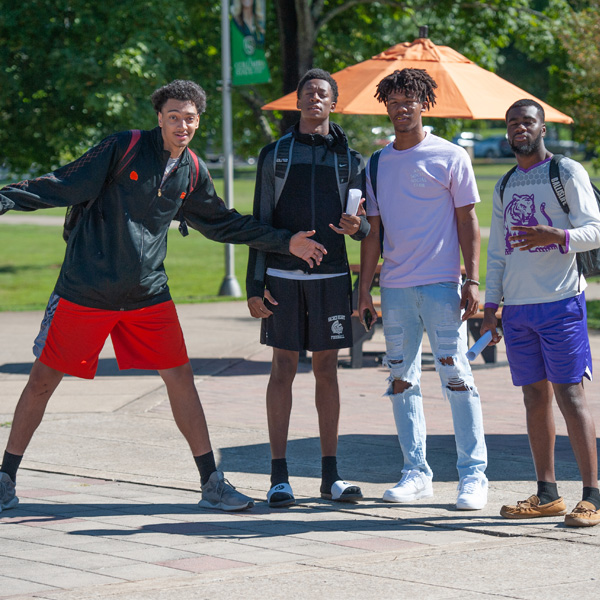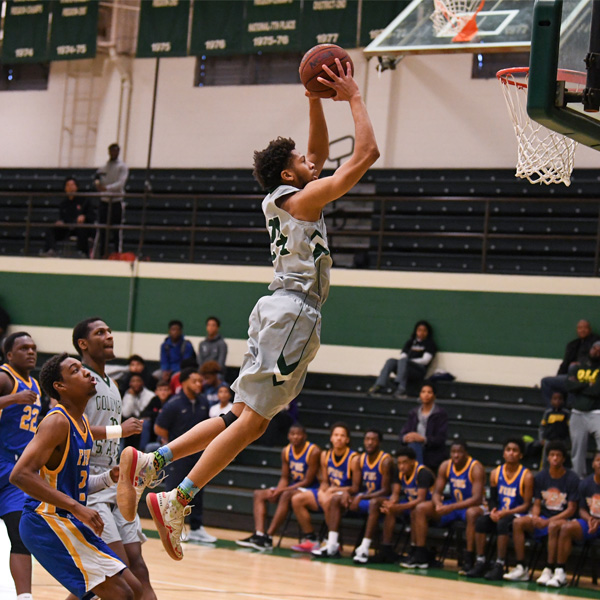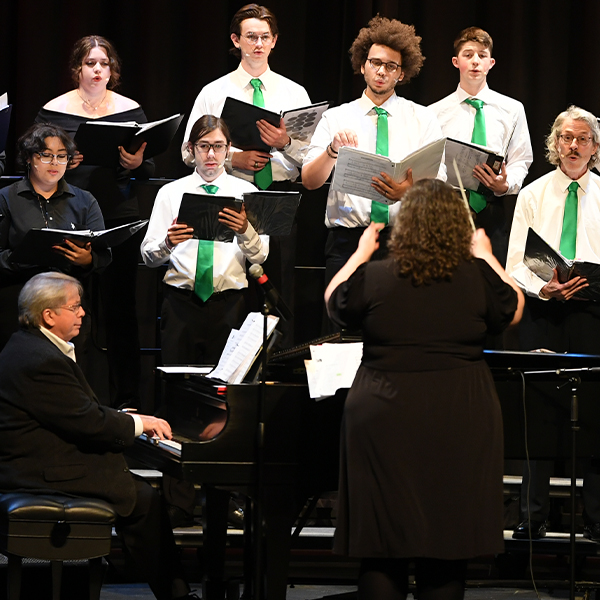City of Columbia Supports New Southern Regional Technology Center at Columbia State

Columbia State Community College is excited to share that the new Southern Regional Technology Center slated for the Columbia Campus has strong support from the City of Columbia. The City Council recently passed a resolution pledging their support.
“It was a pleasure to attend the City Council meeting and hear the expressed commitment to continue the strong partnership between the City of Columbia and Columbia State,” said Bethany Lay, Columbia State vice president for advancement and executive director of the Columbia State Foundation. “The SRTC will bring opportunities for education and training necessary to strengthen workforce skills.”
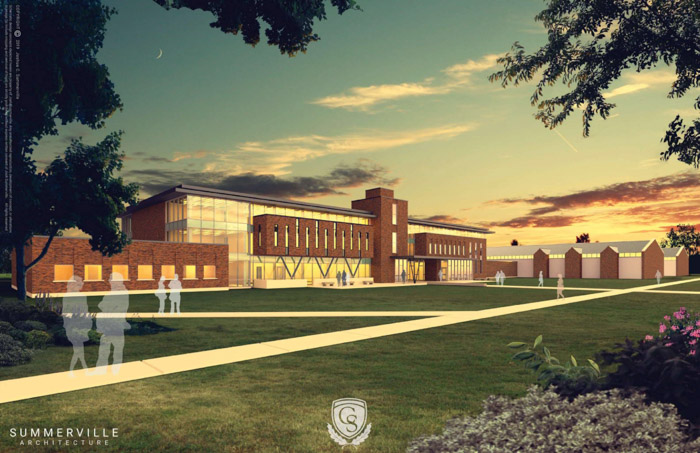
The first-year payment of $25,000 was approved by the mayor and board at their September meeting. Columbia State will receive these payments for the next three years upon another vote by the mayor and board.
State funding for the SRTC was included in the Governor's 2022 budget and approved by the Tennessee legislature. The design phase is underway with the selection of Tuck-Hinton Architecture & Design. It is anticipated for construction to begin in December 2023 with classes to meet beginning January 2026.
“Today was another example of the proud partnership that exists between the City of Columbia and Columbia State for educational options for our citizenry and the economic development of our community,” said Dr. Janet F. Smith, Columbia State president. “Their commitment to the SRTC will result in opportunities for occupations that can change a life.”
The approximately 99,639 square foot building is scheduled to house Columbia State programs including EMS, engineering technology, medical lab technology, nursing, radiologic technology, veterinary technology and respiratory care, which will move into the building that will be shared with two entities of the Tennessee Colleges of Applied Technology. It is proposed that TCAT Hohenwald will house their automotive, practical nursing and industrial maintenance programs in the SRTC, while TCAT Pulaski may bring their HVAC, industrial maintenance, welding and CNC machining technology programs.
The SRTC, which will be built on the west side of the Columbia Campus, will be a hub for workforce development. The state-of-the-art facility will provide a central location in the region to meet the educational and training needs of citizens and employers. It will be a major economic and workforce development resource by providing the latest in industry and healthcare training with an emphasis on partnerships through internships, apprenticeships, program development and job placement.
The facility is expected to cost $50,212,000. Columbia State is required by the state to provide a community match for a portion of the funds. Thanks to lead partners and community support, more than $1,000,000 has been given or pledged.


